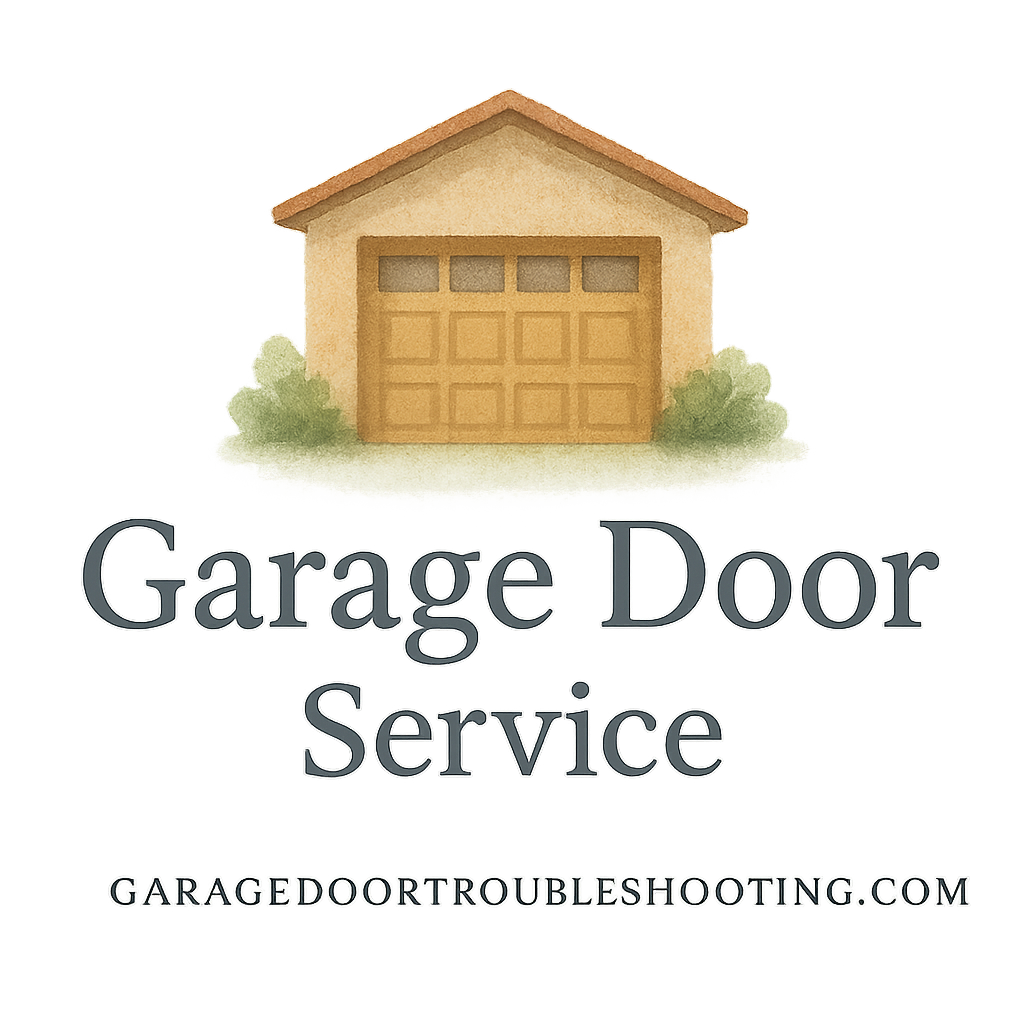If you’ve ever had your garage door get stuck halfway or make an ear-splitting noise every time it moves, you know how frustrating it can be. The good news? You don’t need to be a garage door expert to keep things running smoothly. With a few easy maintenance hacks, you can extend your door’s life, avoid costly repairs, and keep your family safe.
In this guide, we’ll dive into 7 easy garage door maintenance hacks that every homeowner should know. These aren’t complicated fixes—just smart habits that can save you from bigger headaches down the road.
Why Garage Door Maintenance Matters
Most of us don’t think about our garage door until something goes wrong. But here’s the thing—your garage door is the largest moving part in your home, and it’s used multiple times a day.
The Cost of Neglecting Your Garage Door
Ignoring maintenance is like skipping oil changes in your car. Eventually, something expensive breaks. A neglected garage door can:
- Wear out parts faster.
- Become noisy and unreliable.
- Compromise your home’s security.
- Even cause injuries if safety features fail.
Benefits of Regular Maintenance
On the flip side, keeping up with simple maintenance has some real perks:
- Longer lifespan for your garage door.
- Smoother, quieter operation.
- Fewer emergency repairs.
- Improved safety for your family.
For more practical guidance, you can also check out these garage door maintenance tips.
Hack #1: Keep Your Garage Door Tracks Clean
Think of your garage door tracks like train tracks. If they’re dirty or clogged, the ride gets bumpy.
Why Clean Tracks Are Essential
Dust, dirt, and debris can cause friction, making the door drag or jerk. Over time, this puts strain on the opener and cables.
Best Way to Clean Tracks Without Damaging Them
- Use a damp cloth to wipe away dirt.
- Avoid heavy oils that attract more dust.
- For stubborn grime, use mild soap and water.
If you notice bent or damaged tracks, it’s best to seek help from garage door repair guides.
Hack #2: Lubricate Moving Parts Regularly
Just like your bike chain, your garage door needs lubrication to run smoothly.
Choosing the Right Garage Door Lubricant
Skip WD-40—it’s more of a cleaner than a lubricant. Instead, go for:
- Silicone spray
- Lithium-based grease
How Often Should You Lubricate?
Every 3–6 months is ideal. Focus on:
- Rollers
- Hinges
- Springs
- Bearings
This small step can make your door whisper-quiet again.
Hack #3: Tighten Loose Hardware
Over time, the constant movement of your garage door shakes things loose.
Common Loose Parts That Need Attention
- Bolts and nuts on the tracks
- Screws on hinges
- Brackets holding the door in place
Safety Precautions When Tightening Bolts
- Use the right-sized wrench.
- Avoid overtightening—it can strip threads.
- Never touch the torsion spring system (that’s a pro’s job).
Hack #4: Test Garage Door Balance
A door that’s out of balance strains the opener and could be dangerous.
Signs Your Door Is Out of Balance
- The door doesn’t stay in place when you lift it halfway.
- It slams shut or feels unusually heavy.
DIY vs. Professional Balance Adjustments
While you can test balance yourself, adjusting springs is risky. For safety, contact garage door services professionals.

Hack #5: Inspect and Replace Weatherstripping
Weatherstripping isn’t just about drafts—it protects your garage too.
Why Weatherstripping Is Important
- Keeps out dirt, water, and pests.
- Improves energy efficiency.
- Prevents rusting at the bottom of the door.
Easy Steps to Replace Worn-Out Seals
- Buy the right size seal for your door.
- Remove the old one by sliding it out.
- Slide the new one in and trim excess.
Hack #6: Check Auto-Reverse Safety Features
This is one maintenance step you don’t want to skip.
How to Test Your Garage Door Sensors
- Place a roll of paper towels under the door.
- Close the door—if it doesn’t reverse, the sensors need fixing.
Fixing Minor Sensor Issues
- Clean dust off the lenses.
- Check if they’re aligned properly.
- Make sure wires aren’t damaged.
More on this in the garage door safety and security guide.
Hack #7: Keep Your Garage Door Exterior in Shape
Looks matter, but so does durability.
Cleaning and Painting for Durability
- Wash the door with mild soap.
- Touch up chipped paint.
- For steel doors, add a rust-resistant coat.
Preventing Rust and Damage
- Inspect for dents and cracks.
- Wax the surface like you would your car.
- Keep water from pooling around the base.
When DIY Maintenance Isn’t Enough
Sometimes, no matter how much maintenance you do, you’ll hit a point where DIY won’t cut it.
Signs You Need Professional Garage Door Services
- Door won’t open or close fully.
- Loud grinding noises.
- Broken springs or cables.
Dangerous Repairs to Avoid Doing Yourself
- Torsion spring replacement.
- Opener motor repairs.
- Major track realignment.
For these, always rely on professional garage door services.
Smart Maintenance Planning for Homeowners
Instead of waiting for problems, why not stay ahead of them?
Seasonal Garage Door Maintenance Checklist
- Spring: Clean tracks, lubricate parts.
- Summer: Check weatherstripping, inspect sensors.
- Fall: Tighten hardware, repaint if needed.
- Winter: Test auto-reverse, prevent rust.
Setting Up a Maintenance Plan
- Mark reminders on your calendar.
- Consider a maintenance plan with a trusted provider.
- Keep basic tools and supplies on hand.
Final Thoughts on Garage Door Maintenance Hacks
Maintaining your garage door isn’t rocket science. With these 7 easy maintenance hacks, you can keep your door running smoothly, avoid costly repairs, and ensure your family’s safety.
If you’re a homeowner who loves DIY projects, these hacks are a great way to save money and time. But always remember—some jobs are best left to professionals. For detailed guidance, you can explore more resources on Garage Door Troubleshooting.
FAQs
1. How often should I service my garage door?
At least once a year, but light maintenance like cleaning and lubrication should be done every 3–6 months.
2. Can I use WD-40 on my garage door?
Not recommended. It’s better to use silicone spray or lithium-based grease.
3. How do I know if my garage door springs are failing?
If the door feels heavy, slams shut, or makes loud noises, the springs may need professional replacement.
4. What’s the easiest maintenance task for beginners?
Cleaning tracks and lubricating rollers—simple but very effective.
5. How long does weatherstripping usually last?
On average, 1–2 years, depending on weather conditions.
6. Are DIY garage door repairs safe?
Basic tasks like cleaning and lubrication are safe. But spring and opener repairs should be left to professionals due to risks.
7. How can I make my garage door last longer?
Follow regular maintenance, address issues early, and consider a professional service contract.


